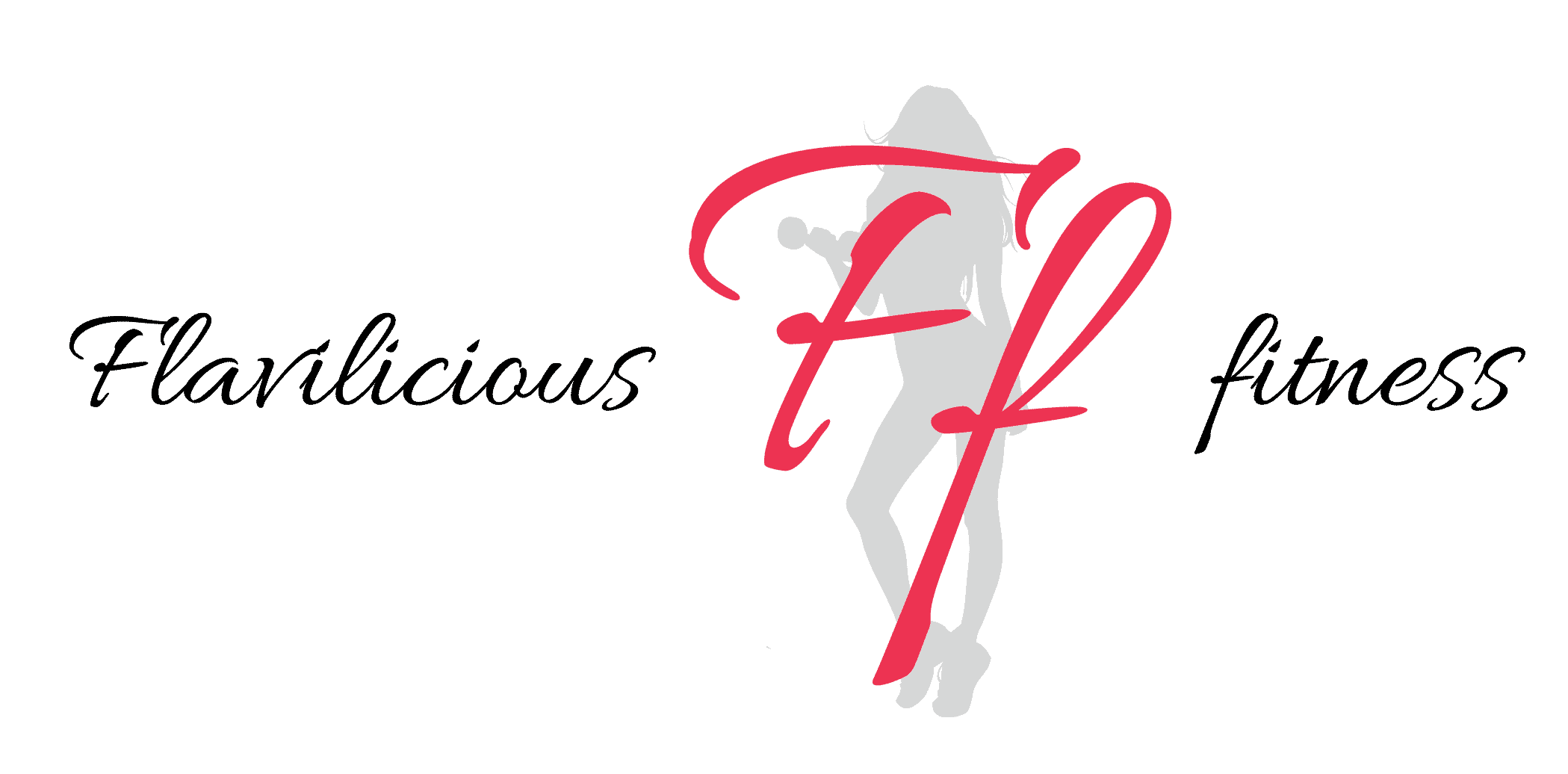Last week I wrote an article about the importance of Balanced Training for a Balanced Body. This week I want to talk to you about balanced workouts. While there are hundreds of different weight-training movements there are really only a handful of basic movements that the muscles in our bodies can perform. However, as you read in my post Balanced Training for a Balanced Body, you need to include and exploit all of those movements, with each muscle group, in order to create serious definition, shape and symmetry.
The Basic Movements of Your Muscles
The body does not move in one dimension; instead it has three planes of motion: sagittal, frontal, and transverse. In each plane, several different movements occur at the joints.
Using an imaginary line, if we divide the body into left and right halves we see the sagittal plane. Any forward and backward movement parallel to this line occurs in the sagittal plane. Ex. Forward or backward lunge.
Now let’s divide the body into front and back halves, giving us the frontal plane. Any lateral (side) movement parallel to the line will occur in the frontal plane. Ex. Lateral raise
Lastly we have the transverse plane, which divides the body into top and bottom halves. Movement parallel to the waistline, otherwise known as rotational movement, occurs in the transverse plane. Ex. Woodchoppers.
Sagittal:
- Flexion: Decreasing the angle between two bones
- Extension: Increasing the Angle between two bones
- Dorsiflexion:Moving the top of the foot toward the shin (only at the ankle)
- Plantarflexion: moving the sole of the foot downward (pointing the toes)
Frontal:
- Adduction: Motion toward the midline
- Abduction: Motion away from the midline of the body
- Elevation: Moving to a superior position (only at the scapula)
- Depression: Moving to an inferior position (only at the scapula)
- Inversion: Lifting the medial border of the foot
- Eversion: Lifting the lateral border of the foot
Transverse:
- Rotation– Internal (inward) or external (outward) turning about the vertical axis of the bone
- Pronation– Rotating the hand and wrist medially from the bone
- Supination-Rotating the hand and wrist laterally from the bone
- Horizontal Flexion (adduction)– From the 90-degree abducted arm position, the humerus is flexed (adducted) in toward the midline of the body in the transverse plane
- Horizontal Extension (abduction)– Return of the humerus from horizontal flexion
Essentially, there are three movement patters:
- Vertical Pushing and pulling
- Horizontal Pushing and pulling
- Flexion and Extension
- *and we will also include Quad dominate exercises VS. Posterior Chain dominate exercises.
Many women have a tendency to include one or the other type of movement for each muscle group, but in order to truly build and reshape that muscle, you need to attack it from all sides. By using, for example, both deadlifts and bench presses, you work opposing sides of your biceps. For every pull, there is a push. For every horizontal move, there is a vertical one. Utilize them all, and you create a balanced workout and get much faster and much better results.
Let’s break these movements down.
A push muscle group can be defined as a muscle group in which the muscle contracts when the weight is pushed away from the body (i.e. the concentric portion of the movement).
In addition, the push muscles lengthen as the weight is returned back toward the body (the eccentric portion of the movement).
Primary Push Muscle Groups:
- Calves
- Deltoids
- Gluteals
- Pectorals
- Quadriceps
- Triceps
The pull muscles contract as the weight is pulled toward the body (concentric movement) and lengthens as the weight is extended further from the body (eccentric movement).
Primary Pull Muscle Groups:
- Abdominals
- Biceps
- Forearms
- Latissimus Dorsi
- Hamstrings
- Obliques
- Trapezius
Now let’s break this down even further into Vertical Vs. Horizontal; Flexion Vs. Extension; & Quad Dominate Vs. Hamstring Dominate exercises:
Vertical Exercises – Pushing
Vertical pushing exercises move a weight up over your head in a position parallel to your torso, or at least in that direction. They’re usually done in a standing or seated position. These might include the following:
- Overhead Shoulder Presses (either standing or seated)
- Front raises
- Lateral Raises
- High Incline Bench Press
Vertical Exercises – Pulling
Vertical pulling exercises pulling a weight down from an overhead position, or pulling yourself up. These include:
- Pull-ups
- Chin-ups
- Lateral Pulldowns
- Cable crossovers
Horizontal Exercises – Pushing
Horizontal pushing exercises involve pushing a weight straight out in front of you, away from the torso, or perpendicular. They can be done in either a seated or standing position. These include:
- Bench presses
- Flat, inclined or declined flyes
- Flat, inclined or declined Chest Press
- Low Incline bench presses
Horizontal Exercises – Pulling
Horizontal pulling movements involves moving a weight in towards your torso horizontally from straight out in front of you. These might include:
- Cable rows
- Bent rows
- T-bar rows
Flexion Movements
Flexion movements are those where you bring a weight toward your body by bending the elbow. These include:
- Biceps curls, standing or seated
- Cable curls
- Preacher curls
Extension Movements
Extension movements move a weight away from the body by extending the elbow (straightening the arm). These include:
- Triceps press-downs
- Overhead triceps extensions
- Flat triceps extensions
Quad Dominant Exercises
A quad dominant exercise is any exercise where the primary mover is your quadriceps (think squats).
- Squats
- Front Squats
- Split Squats
- Lunges
- Leg Press
Hip/Hamstring Dominant Exercises
A hip/hamstring dominant exercise is any exercise where the primary mover is your hamstrings, glutes, or posterior chain as a whole (think deadlifts).
- Deadlifts (all variations)
- Glute-Ham Raises
- Hyperextensions
- Pull-Throughs
- Good-Mornings
- Leg Curls
By approaching all sides of the muscle or muscle group, you essentially get double the results than you would if all of your arm movements were curls or all of your leg movements were presses. You’re hitting front and back and either side when you vary the plane of motion.
In doing this, you’re able to achieve true definition and a balanced appearance to your shape, which is what gives you that hyper-toned look as well as a figure that camouflages any imbalances or “flaws” like narrow shoulders or a thick waist.
Check out last weeks Article on Balanced Training for a Balanced Body
If you like this article and the workouts that we talked about, you’ll love my Full-Body-Licious programs. FULL-BODY-LICIOUS is all about creating a balanced body with the techniques used above. Check out the entire thing here:










This is a fantastic article, Flavia! Great, as always, and very informative!
Would a push up be considered a horizontal push?
And would an upright row be considered a horizontal pull?
Thank you for your time 😉
Yes, exactly right!
Hello, I purchased your Body lious program but the laptop i used it on no longer works. How can i get my program back.
Thank you
Hey Marilyn. At the top of the blog page on the left you will see a member login tab. Click that and go to the members area where you can download everything again.
If you forgot your username and password, go the helpdesk and Cassie will reset it for you: flaviliciousfitness.com/helpdesk